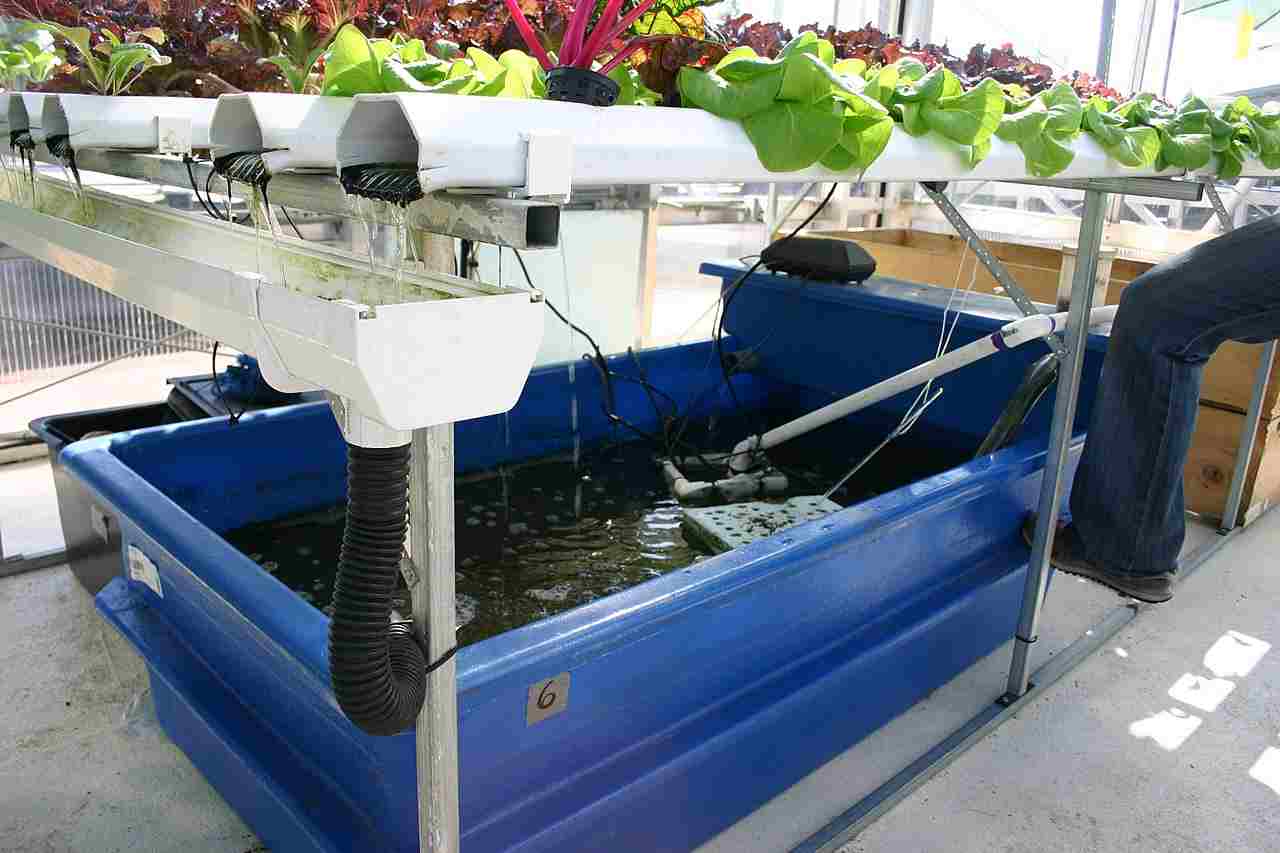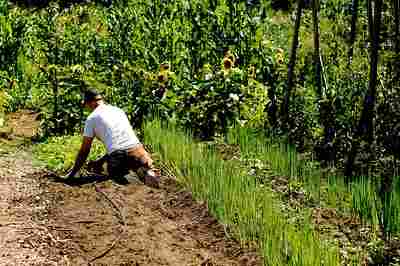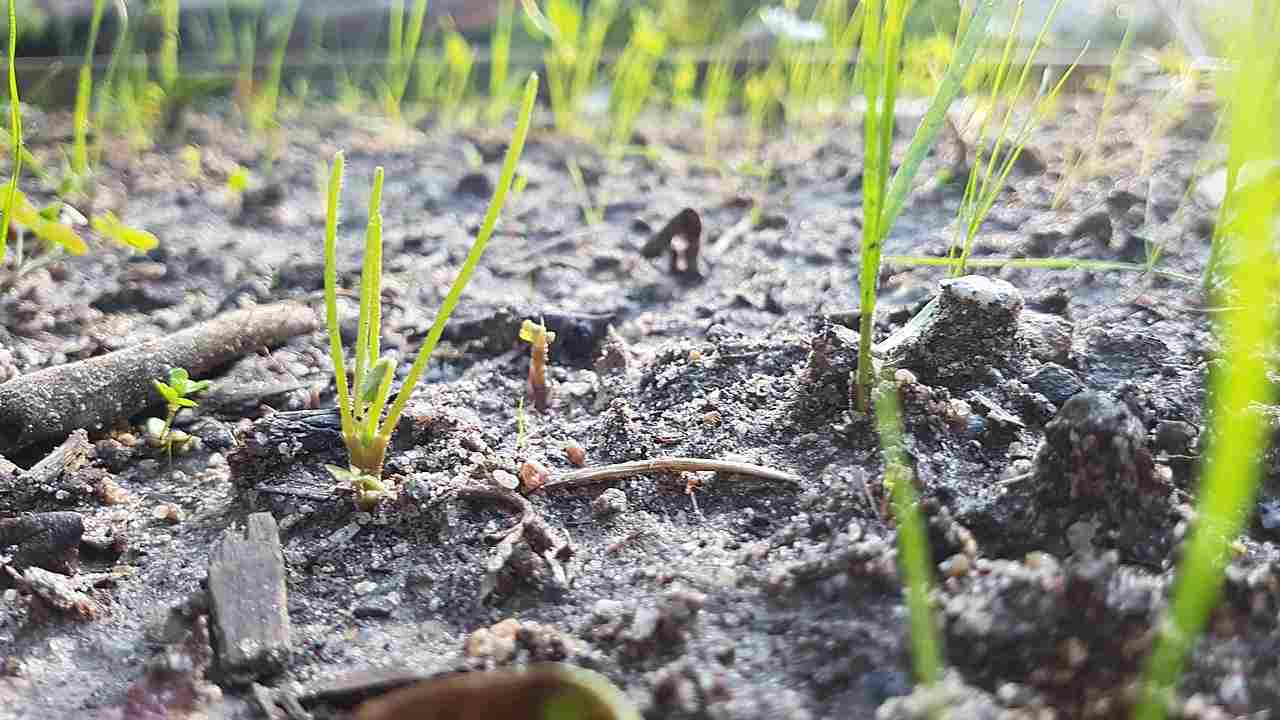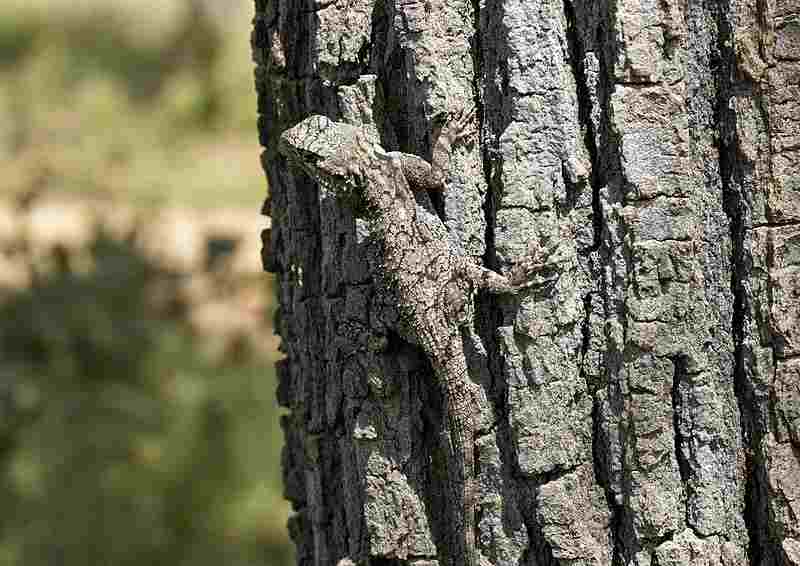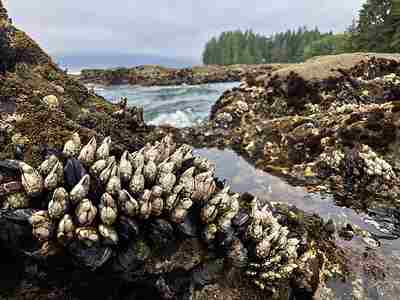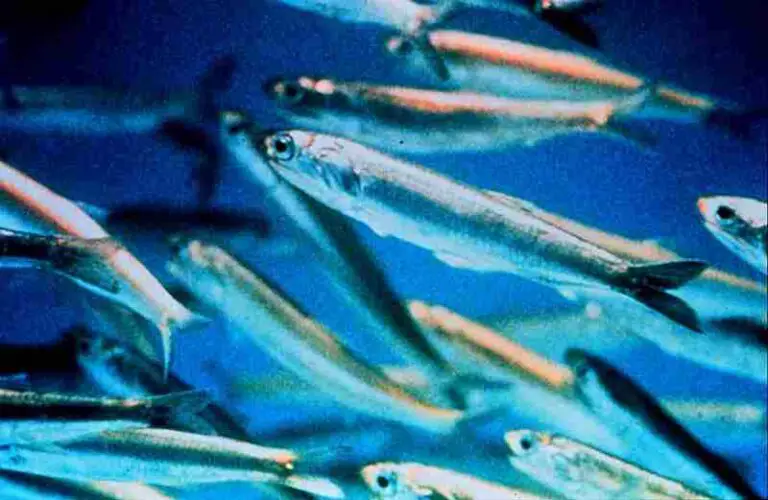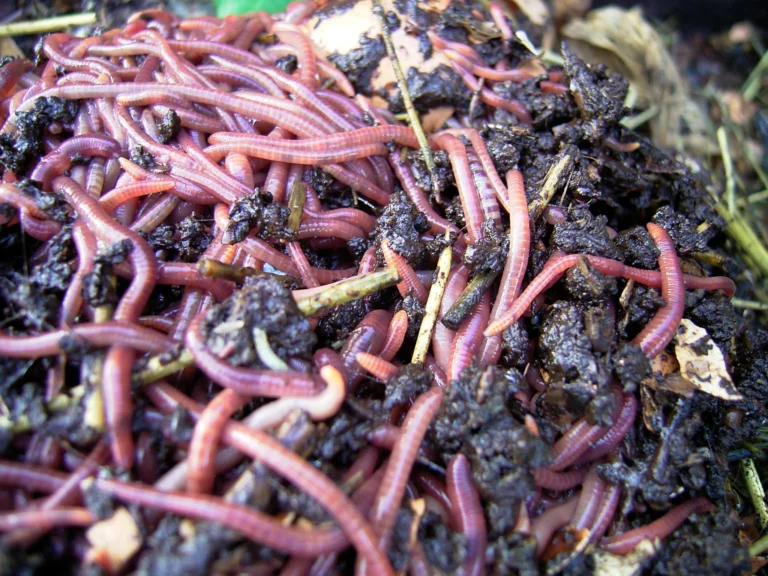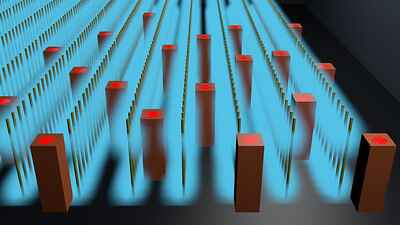What Is The Role Of Microorganisms And Detritivores In Composting? 15+ Answers
The Role Of Microorganisms And Detritivores In Composting includes the decomposition of organic matter, nutrient cycling, and breakdown of cellulose and lignin. They also contribute to humus production, temperature regulation, moisture regulation, aeration, and oxygenation, which are essential for an efficient composting process. Additionally, they play roles in odor reduction, disease suppression, breakdown of toxins, and mineralization. By accelerating the composting process, they transform organic waste into nutrient-rich fertilizer, supporting sustainability and reducing the need for chemical fertilizers.
1. Decomposition of Organic Matter
Microorganisms and detritivores play a central role in the decomposition of organic matter within composting systems. These organisms, including bacteria, fungi, and various invertebrates like earthworms and beetles, break down complex organic materials such as plant debris, food scraps, and yard waste into simpler compounds. This process is a vital first step in composting, as it helps convert the large organic structures into a more manageable form that can be further processed into compost. The metabolic activities of these decomposers generate heat, which raises the temperature within the compost pile, accelerating the breakdown of organic matter and contributing to the rapid formation of compost.
As microorganisms and detritivores digest organic matter, they release enzymes and other biochemical agents that catalyze the breakdown of complex carbohydrates, proteins, and fats. This decomposition process results in the release of carbon dioxide and other gases, as well as the production of organic acids. These byproducts help to further degrade organic material and create an environment conducive to the growth of additional microorganisms. As a result, the decomposition process sustains itself and continues to progress, ultimately leading to the formation of nutrient-rich compost that can be used to improve soil health and plant growth.
2. Nutrient Cycling
Microorganisms and detritivores play a pivotal role in nutrient cycling within composting systems. As these organisms break down organic matter, they release nutrients such as nitrogen, phosphorus, and potassium, which are essential for plant growth. Bacteria and fungi are responsible for converting complex organic compounds into simpler forms, which can then be absorbed by plants when compost is used in gardens or agriculture. This nutrient cycling not only replenishes the soil but also reduces the need for chemical fertilizers, promoting sustainable practices in agriculture and landscaping.
In addition to releasing nutrients, the activity of microorganisms and detritivores ensures that nutrients are evenly distributed throughout the compost pile. This distribution is crucial for maintaining a balanced nutrient profile in the final compost product. Through the breakdown of organic matter, these organisms create a rich, dark compost that is an excellent source of organic nutrients, enhancing soil fertility and promoting healthy plant growth.
3. Breakdown of Cellulose and Lignin
The decomposition of cellulose and lignin is a critical process in composting, primarily driven by specific types of bacteria and fungi. Cellulose, a complex carbohydrate, and lignin, a robust compound found in woody plants, are broken down by specialized microorganisms that produce enzymes like cellulases and ligninases. This breakdown is crucial because it allows larger plant materials to be converted into smaller, more manageable particles, facilitating the composting process and enabling the eventual production of humus.
Detritivores such as earthworms and certain insects also contribute to the breakdown of cellulose and lignin. They consume plant materials, digest them, and excrete smaller particles, which further supports the decomposition process. These detritivores not only accelerate the breakdown of tough plant matter but also improve the aeration and structure of the compost pile. This combination of microbial and detritivore activity ensures that even the most resistant organic materials are eventually broken down, leading to a well-decomposed, nutrient-rich compost.
4. Production of Humus
The production of humus is a significant outcome of the composting process, largely driven by microorganisms and detritivores. Humus is a stable, dark, organic material that results from the thorough decomposition of organic matter. As microorganisms break down plant and animal debris, they create intermediate compounds that eventually transform into humus. This process is essential because humus improves soil structure, enhances water retention, and provides a slow-release source of nutrients to plants.
Detritivores play an indirect but vital role in humus production by breaking down larger organic particles into smaller fragments. These smaller particles increase the surface area available for microbial activity, accelerating the formation of humus. The presence of humus in composted material significantly benefits the soil, contributing to better aeration, improved water infiltration, and a stable environment for plant roots. Ultimately, humus production is a key indicator of a well-functioning composting system, signifying that organic matter has been effectively decomposed and is ready to enhance soil fertility.
5. Temperature Regulation
Microorganisms and detritivores significantly influence temperature regulation in composting systems. As bacteria and fungi break down organic matter, they generate heat through metabolic processes. This heat production is crucial for creating the high temperatures needed for thermophilic composting, which is essential for accelerating the decomposition process and destroying harmful pathogens and weed seeds. Proper temperature regulation ensures that the composting process is efficient and effective, leading to a high-quality final product.
Detritivores, such as earthworms and beetles, also play a role in regulating temperature. As they move through the compost pile, they create tunnels and spaces, which help to aerate the pile and facilitate heat distribution. This aeration is critical for preventing overheating in localized areas and maintaining a consistent temperature throughout the compost pile. A balanced temperature ensures that the composting process proceeds smoothly, with the right mix of microbial and detritivore activity to break down organic matter effectively.
6. Moisture Regulation
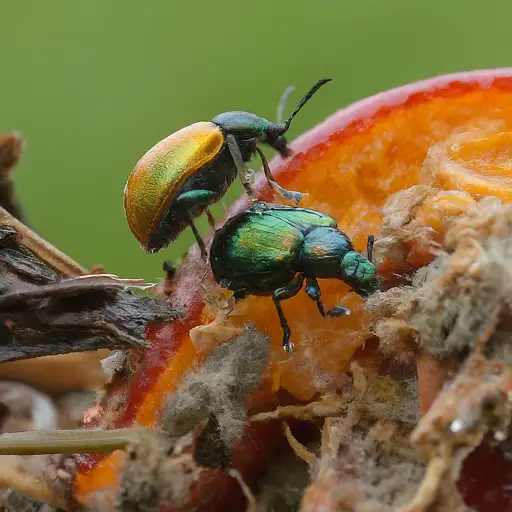
Moisture regulation is another critical aspect of composting, heavily influenced by microorganisms and detritivores. The metabolic activity of bacteria and fungi requires a certain level of moisture, as it is essential for their survival and function. Proper moisture levels help these microorganisms break down organic matter more efficiently, ensuring that the composting process stays on track. Too much moisture can lead to anaerobic conditions, causing odors and slowing down decomposition, while too little moisture can hinder microbial activity.
Detritivores also contribute to moisture regulation by creating channels in the compost pile. These pathways improve drainage and aeration, allowing excess moisture to escape while maintaining an adequate level of humidity. The movement of detritivores through the compost helps to mix the organic matter, ensuring even distribution of moisture. This balanced moisture environment supports a healthy microbial community and promotes efficient composting, resulting in a high-quality end product.
7. Aeration and Oxygenation
Aeration and oxygenation are crucial for maintaining an effective composting process, and both are significantly influenced by microorganisms and detritivores. Aerobic bacteria require oxygen to break down organic matter efficiently, producing heat and preventing foul odors that typically arise from anaerobic conditions. As these bacteria metabolize organic materials, they generate heat, which helps maintain the optimal temperature for composting. Proper aeration ensures that oxygen reaches all parts of the compost pile, promoting a robust and active microbial community.
Detritivores, such as earthworms and other insects, contribute to aeration by tunneling through the compost pile. This natural movement creates pathways that allow air to circulate freely, preventing the formation of compacted, oxygen-poor zones. These pathways are essential for ensuring that all areas of the compost pile receive sufficient oxygen, which in turn supports a healthy microbial environment. Through their combined activities, microorganisms and detritivores maintain an oxygen-rich environment conducive to efficient decomposition and the production of high-quality compost.
8. Odor Reduction
Odor reduction in composting is a key benefit of the activity of microorganisms and detritivores. Aerobic bacteria are essential in this regard, as they break down organic matter without producing unpleasant smells. When oxygen is present in sufficient quantities, these bacteria convert organic materials into carbon dioxide, water, and heat, preventing the formation of malodorous compounds like hydrogen sulfide and ammonia. By maintaining a balanced aerobic environment, microorganisms help keep the compost pile odor-free and pleasant to work with.
Detritivores also play a role in odor reduction by facilitating aeration and decomposition. As they move through the compost pile, they break up compacted materials, allowing oxygen to penetrate and preventing anaerobic pockets from forming. Their activity also speeds up the decomposition process, reducing the amount of time that organic waste is left to potentially generate odors. By maintaining a well-aerated and efficiently decomposing compost pile, microorganisms and detritivores work together to minimize odor issues, making composting a more enjoyable and practical endeavor.
9. Disease Suppression
Disease suppression in composting is another critical benefit provided by microorganisms and detritivores. During the composting process, thermophilic bacteria generate high temperatures that can destroy harmful pathogens, reducing the risk of disease transmission. These temperatures, often reaching 140 degrees Fahrenheit or higher, are essential for sanitizing the compost pile and ensuring that the final product is safe for use in gardens and agricultural settings. The activity of these microorganisms creates a hostile environment for pathogens, effectively reducing their presence in the compost.
Detritivores also contribute to disease suppression by promoting aeration and facilitating a balanced microbial ecosystem. A well-aerated compost pile discourages the growth of anaerobic pathogens, while the diversity of microorganisms and detritivores helps maintain a stable and robust community. This balance ensures that beneficial microbes outcompete potential pathogens, further reducing the risk of disease in the compost pile. By maintaining high temperatures and a healthy microbial environment, microorganisms and detritivores play a crucial role in ensuring that compost is safe for use and free from harmful diseases.
10. Breakdown of Toxins
The breakdown of toxins is a crucial function of microorganisms and detritivores in composting. Certain bacteria and fungi possess the ability to neutralize harmful substances in organic waste, including pesticides, herbicides, and heavy metals. These microorganisms produce enzymes that can degrade or transform toxic compounds into less harmful forms. This ability to break down toxins is critical for ensuring that compost is safe for use in gardens and agricultural settings, where residual chemicals could otherwise pose risks to plant, animal, or human health.
Detritivores, such as earthworms and other decomposer organisms, play an indirect but important role in the breakdown of toxins. As they consume organic matter and excrete it in a more processed form, they contribute to the dilution and dispersion of potentially harmful substances. This activity can reduce the concentration of toxins and increase the microbial activity responsible for breaking them down. By facilitating the decomposition of organic matter and promoting a diverse microbial ecosystem, detritivores and microorganisms work together to mitigate the risks associated with toxic compounds in compost.
11. Mineralization
Mineralization is a process in which microorganisms convert organic compounds into inorganic minerals, such as nitrogen, phosphorus, and potassium, that plants can readily absorb. In composting, bacteria and fungi are the primary agents of mineralization, breaking down organic matter into its constituent elements. This conversion is crucial for transforming compost into a nutrient-rich soil amendment that can support healthy plant growth. As microorganisms decompose organic matter, they release these inorganic minerals, which become available for uptake by plants when the compost is used as fertilizer.
Detritivores also contribute to mineralization through their feeding activities. As they consume and process organic matter, they accelerate the decomposition process and increase the availability of nutrients. This activity helps maintain a steady supply of minerals, promoting a balanced nutrient profile in the compost. By contributing to mineralization, microorganisms and detritivores ensure that compost serves as an effective and sustainable source of plant nutrients, reducing the need for synthetic fertilizers and promoting a circular economy in organic waste management.
12. Facilitation of Chemical Reactions
Microorganisms and detritivores facilitate various chemical reactions within the composting process. These reactions are crucial for breaking down complex organic compounds into simpler forms, leading to the production of humus and other beneficial substances. Bacteria and fungi produce enzymes that catalyze these reactions, accelerating the decomposition of proteins, carbohydrates, and fats. This enzymatic activity is a key driver of composting, enabling the conversion of organic waste into a stable and useful product.
Detritivores contribute to chemical reactions by breaking down larger organic materials into smaller fragments, increasing the surface area for microbial activity. As they consume and excrete organic matter, they create an environment where chemical reactions can occur more rapidly and efficiently. This increased interaction between organic matter and microbial enzymes facilitates the composting process, ensuring a steady progression toward a well-decomposed final product. Through their combined efforts, microorganisms and detritivores create a dynamic system where chemical reactions drive the transformation of organic waste into compost.
13. Stabilization of Compost
Stabilization of compost is a critical aspect of the composting process, achieved through the activities of microorganisms and detritivores. Stabilization refers to the point at which compost has been thoroughly decomposed and transformed into a stable form, suitable for use as a soil amendment. This stage is achieved when the microbial activity has decreased, indicating that most of the readily decomposable organic matter has been processed. The process of stabilization is crucial because it ensures that the compost will not continue to decompose after application, reducing the risk of odors or nutrient imbalances in the soil.
Detritivores, through their feeding and burrowing activities, play an essential role in stabilizing compost. By breaking down larger organic materials into smaller fragments, they accelerate the decomposition process and promote uniformity in the compost pile. This increased consistency contributes to the overall stabilization of the compost, ensuring a homogeneous final product. As the compost stabilizes, it becomes darker, crumblier, and richer in humus, signaling that it is ready for use. Microorganisms and detritivores together create the conditions necessary for stable compost, providing a reliable and sustainable soil amendment.
14. Formation of Soil Structure
The formation of soil structure is a significant benefit of composting, with microorganisms and detritivores playing key roles in this process. Compost improves soil structure by enhancing its physical properties, such as aeration, water retention, and porosity. As microorganisms break down organic matter and create humus, they contribute to the aggregation of soil particles. These aggregates improve soil structure by creating a more porous environment, which allows roots to penetrate easily and facilitates the movement of air and water through the soil.
Detritivores also influence soil structure by creating tunnels and spaces in the compost pile. Their burrowing activity helps to mix the compost and creates pathways for air and water. This improved structure promotes a healthier soil environment, supporting root growth and beneficial microbial activity. When compost is added to soil, these benefits are transferred, leading to a more fertile and well-structured growing medium. Through their combined activities, microorganisms and detritivores contribute to the formation of soil structure, enhancing the overall health and productivity of gardens and agricultural fields.
15. Acceleration of Composting Process
Microorganisms and detritivores play a critical role in accelerating the composting process. Bacteria and fungi are responsible for the rapid breakdown of organic matter, generating heat and promoting thermophilic conditions within the compost pile. This heat generation speeds up decomposition and facilitates the quick conversion of organic waste into usable compost. The acceleration of the composting process is essential for efficient waste management and allows for a faster turnaround of compost material for use in gardens and agriculture.
Detritivores, such as earthworms and beetles, contribute to this acceleration by breaking down larger organic particles into smaller fragments, increasing the surface area for microbial activity. This physical breakdown, combined with their movement through the compost pile, creates a more conducive environment for rapid decomposition. By improving aeration and mixing the compost, detritivores ensure that oxygen reaches all parts of the pile, further accelerating the process. Through their combined efforts, microorganisms and detritivores significantly reduce the time required to produce high-quality compost, making the composting process more efficient and practical.
16. Conversion of Waste to Fertilizer
The conversion of waste into fertilizer is one of the primary outcomes of composting, driven by the activities of microorganisms and detritivores. These organisms transform organic waste, such as food scraps, yard debris, and agricultural byproducts, into nutrient-rich compost that can be used to fertilize plants and enrich soil. This conversion process is crucial for reducing the amount of organic waste sent to landfills and for providing a sustainable source of fertilizer for gardens and agriculture. Microorganisms, through their enzymatic activity, break down organic matter into simpler compounds, creating a nutrient-rich end product.
Detritivores also play a significant role in the conversion of waste into fertilizer. As they consume and process organic matter, they contribute to the formation of humus and enhance the nutrient profile of the compost. This activity ensures that the compost is rich in essential nutrients like nitrogen, phosphorus, and potassium, which are vital for plant growth. By converting organic waste into high-quality fertilizer, microorganisms and detritivores help close the loop in the organic waste cycle, promoting sustainability and reducing the need for chemical fertilizers. This transformation of waste into valuable resources is a fundamental goal of composting and underscores its importance in sustainable waste management.
*Summary
-
Decomposition of Organic Matter
-
Microorganisms and detritivores break down complex organic materials into simpler compounds.
-
Heat generation from microbial activity accelerates decomposition.
-
-
Nutrient Cycling
-
Release of essential nutrients such as nitrogen, phosphorus, and potassium.
-
Supports plant growth and reduces the need for chemical fertilizers.
-
-
Breakdown of Cellulose and Lignin
-
Specific bacteria and fungi decompose cellulose and lignin.
-
Detritivores like earthworms aid in breaking down tough plant matter.
-
-
Production of Humus
-
Microorganisms and detritivores create humus through decomposition.
-
Humus improves soil structure and water retention.
-
-
Temperature Regulation
-
Heat generated by bacteria and fungi creates thermophilic conditions.
-
Detritivores contribute to heat distribution and aeration.
-
-
Moisture Regulation
-
Proper moisture levels are crucial for microbial activity.
-
Detritivores help regulate moisture through aeration and drainage.
-
-
Aeration and Oxygenation
-
Aerobic bacteria require oxygen to prevent anaerobic conditions.
-
Detritivores create tunnels that improve aeration.
-
-
Odor Reduction
-
Aerobic conditions prevent foul odors.
-
Detritivores contribute to odor reduction by promoting aeration.
-
-
Disease Suppression
-
High temperatures from thermophilic bacteria destroy pathogens.
-
Detritivores maintain a balanced microbial ecosystem.
-
-
Breakdown of Toxins
-
Certain microorganisms can neutralize harmful substances.
-
Detritivores dilute and disperse potentially toxic compounds.
-
-
Mineralization
-
Microorganisms convert organic compounds into inorganic minerals.
-
Detritivores aid in mineralization through their feeding activities.
-
-
Facilitation of Chemical Reactions
-
Microorganisms produce enzymes that drive chemical reactions.
-
Detritivores contribute to increased surface area for microbial activity.
-
-
Stabilization of Compost
-
Compost is stable when most organic matter has been decomposed.
-
Detritivores promote stability through uniform decomposition.
-
-
Formation of Soil Structure
-
Compost improves soil structure by enhancing porosity and water retention.
-
Detritivores contribute to soil structure through tunneling.
-
-
Acceleration of Composting Process
-
Microorganisms and detritivores accelerate decomposition.
-
Rapid breakdown reduces composting time.
-
-
Conversion of Waste to Fertilizer
-
Composting converts organic waste into nutrient-rich fertilizer.
-
Reduces the need for chemical fertilizers and supports sustainability.
-
| Function |
Role of Microorganisms and Detritivores
|
| Decomposition of Organic Matter |
Break down organic materials into simpler compounds, generate heat to accelerate decomposition
|
| Nutrient Cycling |
Release essential nutrients like nitrogen, phosphorus, potassium, reducing chemical fertilizer use
|
| Breakdown of Cellulose and Lignin |
Specific microorganisms and detritivores decompose tough plant matter
|
| Production of Humus |
Produce humus to improve soil structure and water retention
|
| Temperature Regulation |
Generate and distribute heat, ensure thermophilic conditions
|
| Moisture Regulation |
Regulate moisture levels, prevent anaerobic conditions
|
| Aeration and Oxygenation |
Create pathways for oxygen, prevent anaerobic conditions
|
| Odor Reduction |
Prevent foul odors by maintaining aerobic conditions
|
| Disease Suppression |
High temperatures destroy pathogens, balanced microbial ecosystem
|
| Breakdown of Toxins |
Neutralize harmful substances, detritivores dilute and disperse toxic compounds
|
| Mineralization |
Convert organic compounds into inorganic minerals
|
| Facilitation of Chemical Reactions |
Produce enzymes that drive chemical reactions
|
| Stabilization of Compost |
Achieve stability when most organic matter is decomposed
|
| Formation of Soil Structure |
Improve soil structure through porosity, detritivores create tunnels
|
| Acceleration of Composting Process |
Accelerate decomposition, reducing composting time
|
| Conversion of Waste to Fertilizer |
Convert waste into nutrient-rich compost, support sustainability
|



